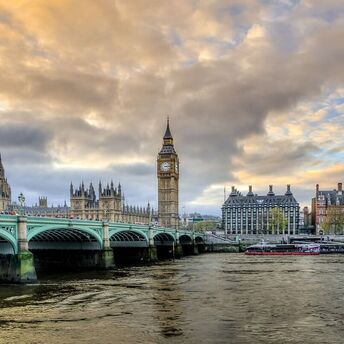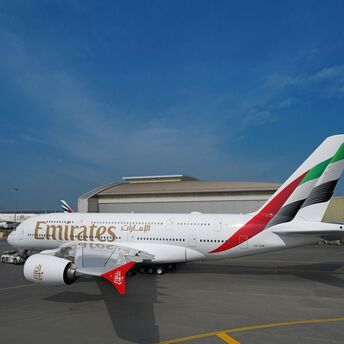Why you shouldn't sleep during takeoff or landing of an airplane

After the morning alarm, the long drive to the airport, and the security line, all you want to do is take a nap on the plane. However, it's better to stay awake before takeoff for two reasons: ear barotrauma and evacuation safety.
Ear barotrauma, also known as "airplane ear," is stress that builds up in the ear due to the difference in air pressure between the ambient and internal pressure. This imbalance can lead to a painful protrusion of the eardrum. This was reported by travelandleisure.com.
During takeoff and landing, the air pressure in the cabin changes rapidly, and our eardrums often suffer from this. Many travelers experience ear pain or congestion during the flight. This can also cause slight hearing loss or muffled sounds.
Fortunately, it is quite easy to equalize pressure on the ears manually by yawning, swallowing, or chewing - these actions open the Eustachian tube in each ear, which regulates pressure changes in the organ. For most healthy adults, these methods usually work.
Sleep is a risk factor for airplane ear. "When we sleep, we don't swallow as much to equalize the pressure in our ears. And the pain that results is one of the reasons why it's not good to sleep during takeoff and landing," says Dan Babb, a professor at the University of Nevada, Las Vegas.
However, there is a great solution: EarPlanes. These silicone earbuds have a tiny ceramic filter designed to level your hearing more slowly. If you put them in before takeoff and landing, you're less likely to suffer from ear pain during the flight.
However, there's a second reason why you shouldn't nap during takeoff and landing, and it has to do with your safety. Takeoff and landing are two critical phases of flight. According to reports from Boeing and Airbus, the two largest airplane manufacturers in the world, these are also the phases of flight during which your airplane is statistically more likely to crash.
"Another reason to avoid sleeping during takeoff and landing is to be aware of what's going on in case there's an emergency and passengers and crew have to evacuate the plane," adds Babb.
So the best solution is to stay awake during takeoff and landing. If possible, take a short nap during the landing process and then wake up just long enough for takeoff. After that, you can go back to sleep until landing when it's time to wake up again.



















